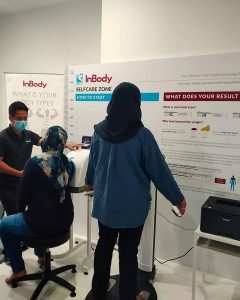Think about how long you sit in a day. It’s probably something you have never tracked, but on average Americans spend more than half their waking hours sitting! Between sitting in traffic, attending class or work, or relaxing on the sofa the number of hours you spend sitting can add up quickly. Even if you exercise three times a week, you may still suffer from a sedentary lifestyle because its hard to counteract the total number of hours that you sit in a week. Why does this matter? How much harm can sitting most of the day actually do to your health? Quite a lot actually. According to recent studies, your inactive, sedentary lifestyle may be shortening your lifespan!
You May Want to Stand Up for This
Headlines like “Sitting is the new smoking” might seem like the type of clickbait health article you can dismiss because everyone else is sitting all day too so … how can it harm you right?
Not so fast. In 2009, over 17,000 Canadians participated in a study that sought to find a connection between sitting and mortality. Participants ranged in age, body type, and activity level. At the end of the study, researchers found an association between sitting time and mortality from all causes and concluded extended periods of sitting should be discouraged. A sedentary lifestyle where you sit all day harms your health by encouraging muscle loss and fat gain and increasing your risk factor for multiple diseases.
In this article, we will cover the five ways your body composition is negatively affected by too much sitting. But don’t worry, it’s not all doom-and-gloom: we have tips on how you can break up long periods of sitting, even if you work a desk job.
#1: Insulin Resistance
Diabetes is one of the leading causes of death among Americans. Those who sit for extended periods of time, don’t exercise, and don’t take care of their nutrition can experience insulin resistance, which happens when insulin isn’t able to transport excess blood sugar out of your blood and into your muscles. When insulin resistance because significant, that’s type-2 diabetes.
One study of 3,757 women found that women who sat for eight hours a day had a 56 percent higher chance of developing diabetes. Diabetics tend to have more fat within their bodies, particularly visceral fat, which can further encourage insulin resistance and keep them from being healthy.
In addition, diabetics experience quicker loss of muscle mass as they age compared to healthy individuals. The loss of muscle intensifies symptoms further deteriorates body composition.
#2: Risk for Heart Disease
Enzymes that burn body fat decrease by 90% when sitting for an hour or longer. The enzyme involved with body fat burning is called lipoprotein lipase, or LPL. LPL’s role is to produce good cholesterol, or HDL, which helps with triglyceride levels and protects against heart disease by keeping bad cholesterol from building up in the arteries. A sedentary lifestyle has been shown to decrease HDL Levels. A low HDL level is a common metabolic syndrome risk factor and is associated with increased risk of hypertension (high blood pressures) and cardiovascular disease.
In a 2003 animal study, rodents were forced to stay lying down for most of the day – to simulate a sedentary lifestyle – and the researchers found that the LPL levels in their leg muscles decreased immensely. When they stood up, the enzyme was ten times more active! Although these studies with humans are still underway, its still a convincing reason to take short breaks with moderate physical activity.
#3: Muscles become weaker
When you sit, your gluteal muscles, abdominal muscles, and legs lay dormant. If you sit for extended periods of time day after day, these muscles can degenerate. Because the size of your metabolism is linked with your body composition – more muscle increases metabolism and helps your burn more calories – any muscle loss, especially from the lower body which is your largest muscle group, can lead to consistent fat gain if the diet is not changed.
In the future, gradual muscle loss from your lower body can hurt your functional strength and as you become older increase your fall risk and affect your ability to live independently.
#4: Circulation Becomes Slower
Not only does blood flow to your brain slow down when you sit for too long, but the blood flow to your legs also becomes sluggish. Sitting for an excessive period of time without standing can increase the risk of developing blood clots. Most of the time blood clots are harmless and will dissolve on its own. But there is the possibility that the blood clot breaks off and cause blockage in the lungs, which can be fatal.
One study showed a profound reduction in the vascular flow after sitting for just three hours. But the researchers found that those who took breaks and got up to walk around for two minutes, every hour, increased their lifespan by 33 percent.
#5: Bones Become Brittle
Long-term sitting and inactivity can lead to weakened bones. The Mayo Clinic has stated that “People who spend a lot of time sitting have a higher risk of osteoporosis than do those who are more active.” The reason is that bone is live tissue that is constantly in a state of forming new bone material and absorbing the old bone material. As we age the rate that bone is reabsorbed is faster than new bone that is formed. One of the factors that lead to rapid bone loss is a lack of physical activity.
Like muscles, bones become stronger when they are used. Engaging in walking and movement which includes weight-bearing can increase the durability of bones.
Tips to Get Moving!

How can you increase your physical activity, even if you work all day? You have to get creative. Here are some tips to help you get started.
- Transportation – Do you drive to work? If so, park as far away as possible to get in extra steps throughout the day. If you can, bike or walk to the office. Take the steps up to your office if you are not on the first floor. If you can work from home, work from your home office. When at home, get up, do some walking, and even walk to the library to do more work. Think about your day before it starts to get those extra steps in each and every day.
- Layout makeover – Have you taken a look at your office? Sometimes moving your office objects may make it easier for you to get your steps in. Take a look, is your printer close to your computer? Try to move it across the room to make yourself get up and move. Most of us live with our cell phones very close to us. Move your cell phone’s charger by the printer; it will help you get up to move and keep you less distracted. Make coffee in your break room, come back and do some work, and get up again to get your coffee. Anything to get yourself moving counts towards your health.
- Change up the way you sit – If you are allowed, sit on an exercise ball at your desk for short periods, or take it a step further and try a standing desk. There are unique ways of moving at work nowadays with standing desks, treadmill desks, and even bicycle desks. Imagine getting through one of your long meetings with an hour-long bike ride, instead of a large latte. If none of these are viable options, or if an exercise ball isn’t your thing, there are exercises you can do in your desk chair that engage the muscles of your core.
- Trade out your comfy chair – If you are not allowed to use a ball or cool new desk, try just an old fashioned wooden, uncomfortable chair. It will make you sit up straight if you must remain sitting, attempt good posture.
- Alarm clock – Set a timer every hour for two minutes of constant movement. Try to keep moving with different exercises, sometimes called deskercises, stretches, or take a lap or two around the building.
- Step Tracker – Motivate yourself by purchasing a step tracker. It is an eye opener to many individuals to see how much you are sitting around. Many trackers you can wear as a bracelet and challenge friends to different goals.
Now It’s Your Turn: Be a Role Model

If you work an office job or you have a full course load, it can be easy to become inactive and lead a sedentary lifestyle. The good news is that recent studies found that just one hour of physical activity can potentially offset the 8-hour sitting marathon many people perform in their offices. That doesn’t mean that getting all your activity for the day in your one-hour gym session is enough because you can’t forget the time you spend driving and relaxing at home! The idea is to find opportunities to get moving.
Now that you’re at the end of the article, stand up and start moving! Your body will thank you for it.
***
Janine Kelbach, RNC-OB is a Registered Nurse certified in Obstetrics. She has been practicing in labor and delivery for over a decade. She developed her writing career in 2012, specializing in health topics. She, her husband, Adam, and two children Zachary and James reside in Cleveland, OH
Source: https://inbodyusa.com/blogs/inbodyblog/5-ways-sitting-all-day-wrecks-your-body-composition/
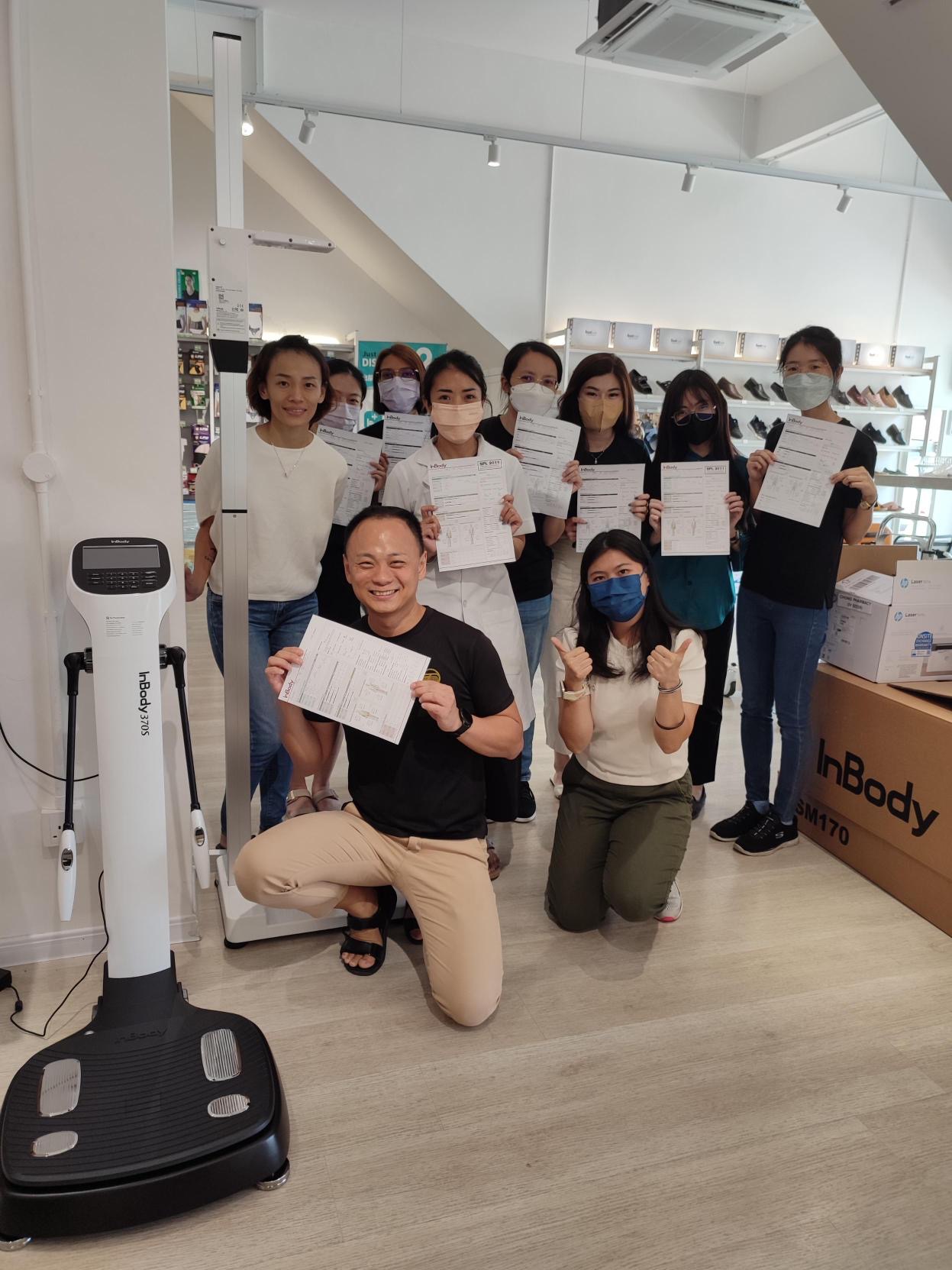

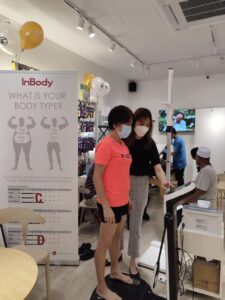 For the body composition analysis, Farmasi Chong Alma understands the importance of providing their community with more accurate and insightful health assessments, and delightfully, they have chosen InBody, a body composition analyzer that can precisely measure their customers’ body composition and help their nutritionists and dietitians to identify any underlying health risk of their customers.
For the body composition analysis, Farmasi Chong Alma understands the importance of providing their community with more accurate and insightful health assessments, and delightfully, they have chosen InBody, a body composition analyzer that can precisely measure their customers’ body composition and help their nutritionists and dietitians to identify any underlying health risk of their customers.







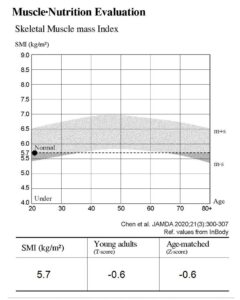
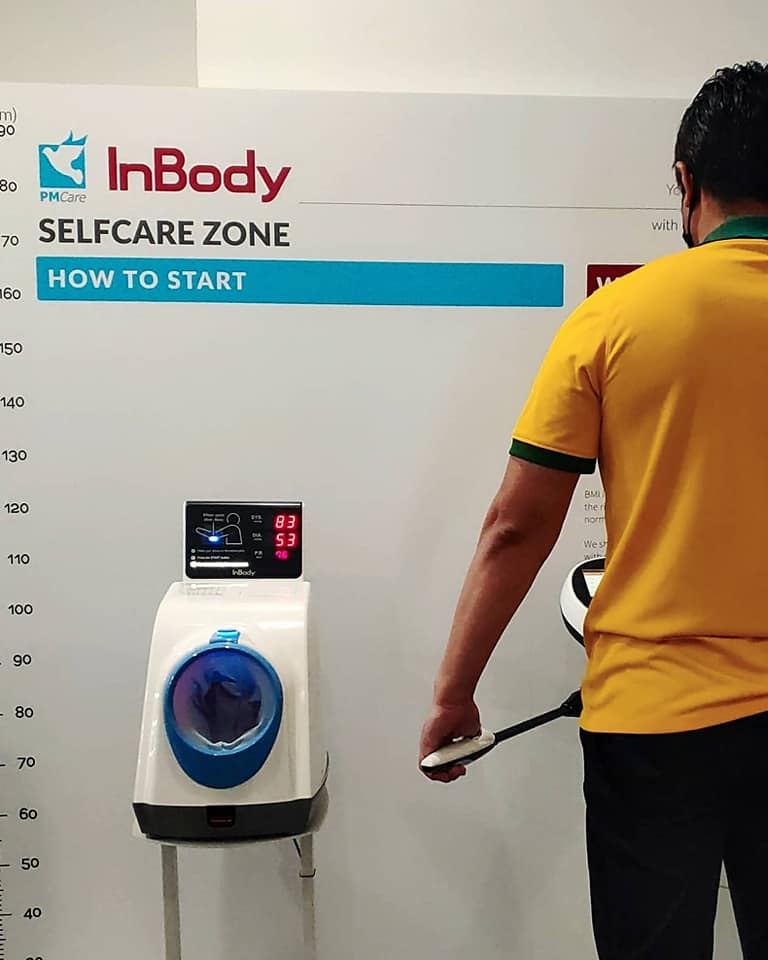
 These core issues, mainly because most people do not practice healthy lifestyle and conduct regular medical checkups to understand their health condition.
These core issues, mainly because most people do not practice healthy lifestyle and conduct regular medical checkups to understand their health condition.

